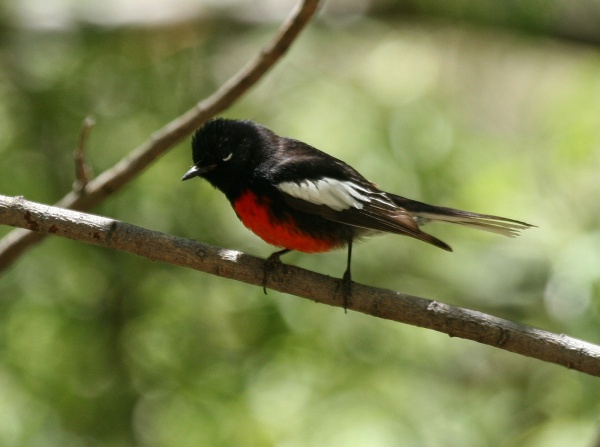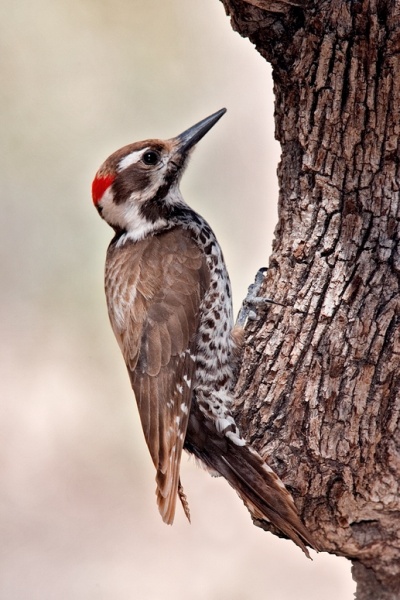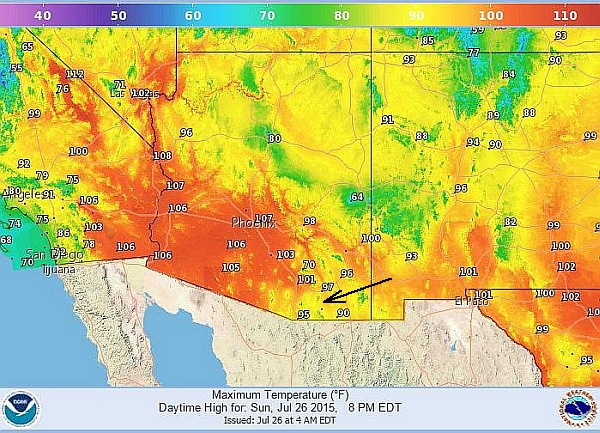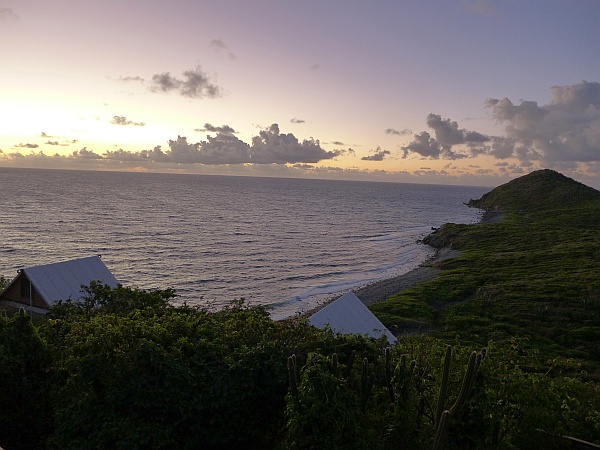
When you travel west in North America you often encounter birds that are similar but different from those back home. Here are three natives of Arizona and their eastern North America cousins.
Yellow-eyed junco vs. dark-eyed junco:
Did you ever wonder why our eastern juncos are called a “dark-eyed?” Perhaps because there’s a yellow-eyed junco (Junco phaeonotus) in Arizona, pictured above. Click here to see the dark-eyed junco (Junco hyemalis).
Bridled titmouse vs. tufted titmouse:
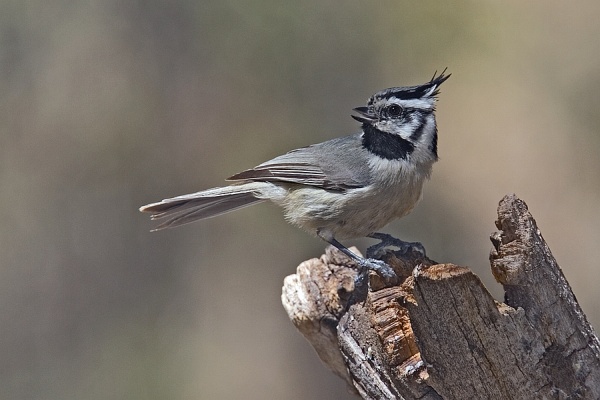
The bridled titmouse (Baeolophus wollweberi) has a fancy face compared to his eastern cousin, the tufted titmouse (Baeolophus bicolor). Click here to see the tufted titmouse.
Black-throated gray warbler vs. black-throated green warbler:

These two warblers not only resemble each other but have very similar English names. The black-throated gray warbler (Setophaga nigrescens) is common in southeastern Arizona. The black-throated green warbler (Setophaga virens) is the bird we see in Pennsylvania. Click here for a photo of the black-throated green.
And for you Bird-Code wonks: These two would both be coded as “BTGW” but have been altered to BTYW (gray) and BTNW (green) to make them unique.
For more same-but-different Southwestern birds see this blog from December 2013 featuring Steve Valasek’s photos from New Mexico.
(photos from Wikimedia Commons. Click on the images to see the originals)


